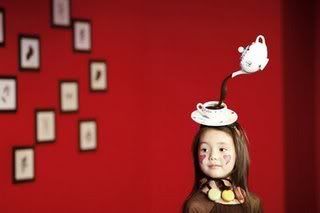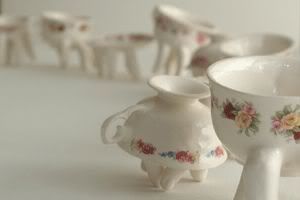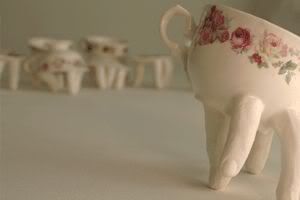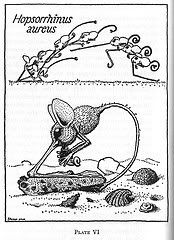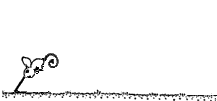I'm very excited to have curated the Toronto Etsy Street Team Gallery's first group art show, WUNDERKAMMER: The Cabinet of Curiosities from May 11 to 28. This art - or science art - show, is inspired by the Wunderkammer or Cabinet of Curiosity, the immense, eccentric, encyclopedic natural history collections gathered by collectors since the Renaissance. Cabinets of Curiosities featured treasured zoological, botanical, anatomical, fossil and gem specimen, collected by early citizen scientists. WUNDERKAMMER features original sculptures, drawings, hand-bound books, prints, paintings, printmaking, ceramics, jewellery, generative and multimedia specimen of natural and unnatural history on all scales, from the microscopic to the macroscopic. We are featuring the work of local artists (myself included):
| István Aggott Hönsch | Erin Candela | ||
| Gavin Canning | Andrée Chénier | ||
| Carolyn Eady | Leslie Fruman | ||
| Monika Millar | Heather Ibbott | ||
| Colleen Manestar | Peggy Muddles | ||
| Teodora Opris | Christine Strait-Gardner | ||
| Tosca Teran | Rovena Tey | ||
| Lauren Vartanian | Ele Willoughby | ||
Explore our curiousity cabinet of wildlife biology, mathematics, chemistry, mycology, micro and cellular biology, marine biology, entomology, botany, and fantastical lifeforms through the lens of art.
Join us Saturday, May 13, 6:00 pm to 10:00 for our Opening! FOLLOW THE LINK TO RSVP













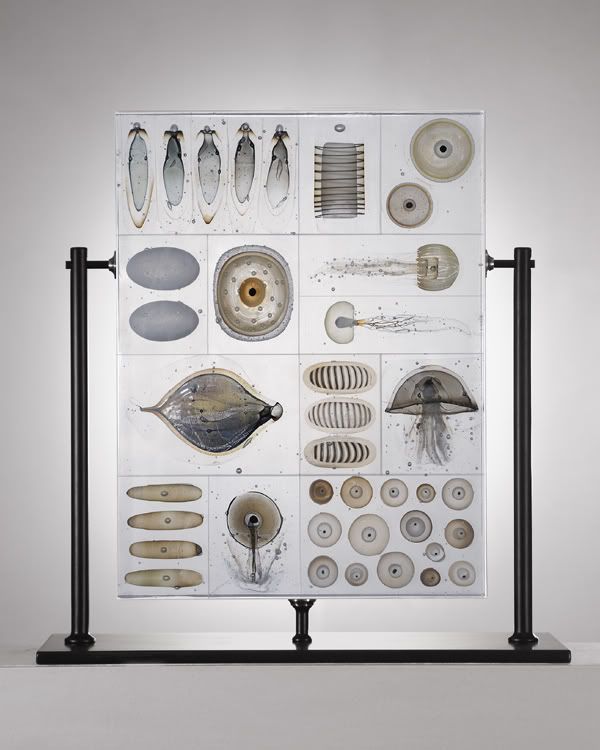
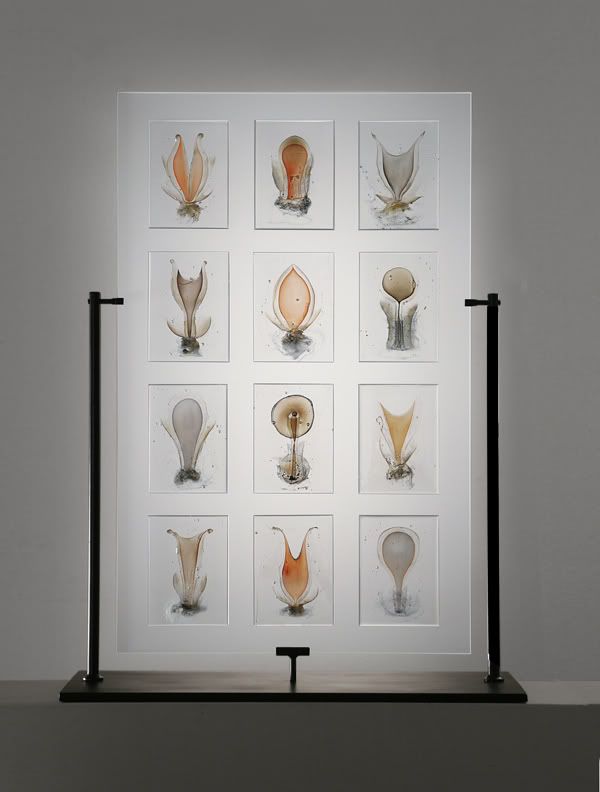
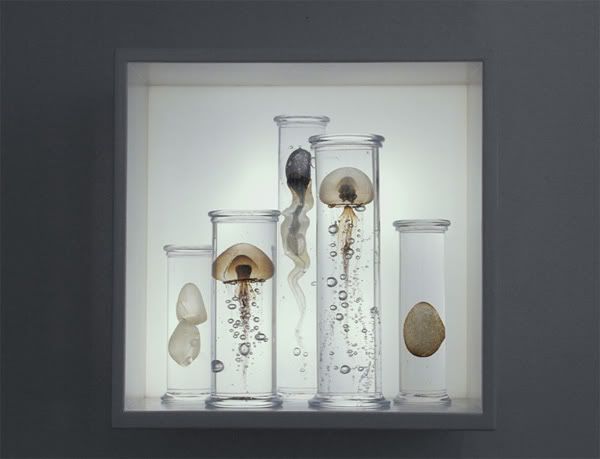

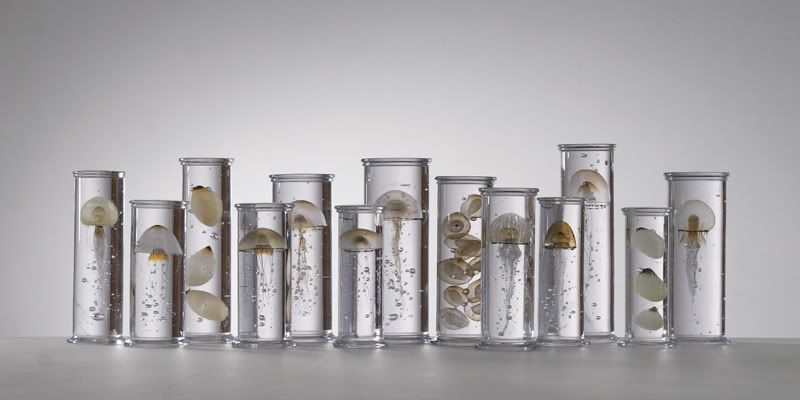
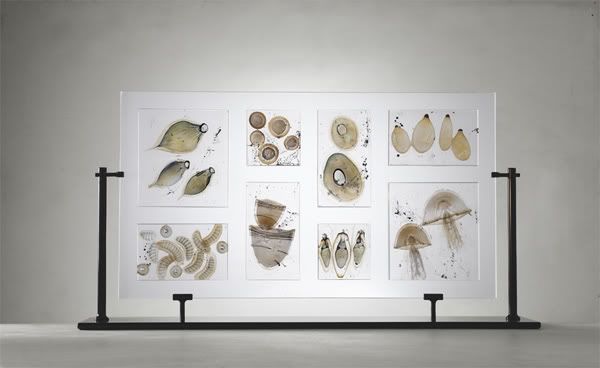
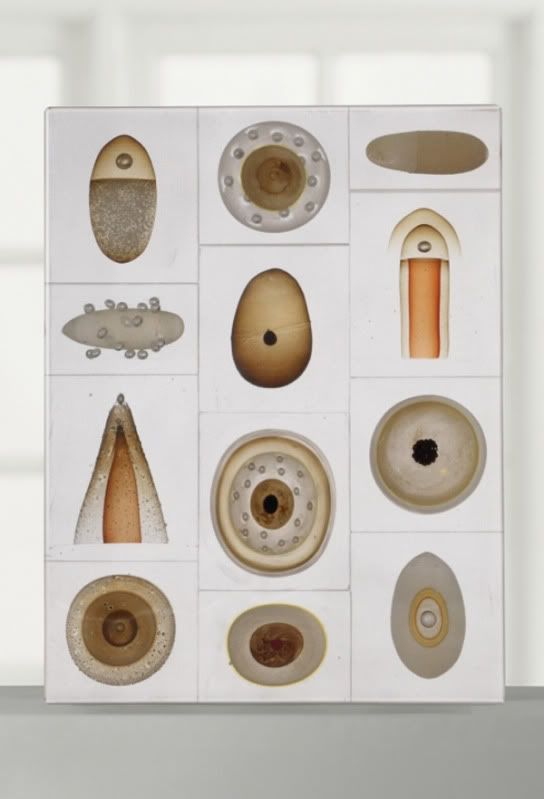
 Via
Via 